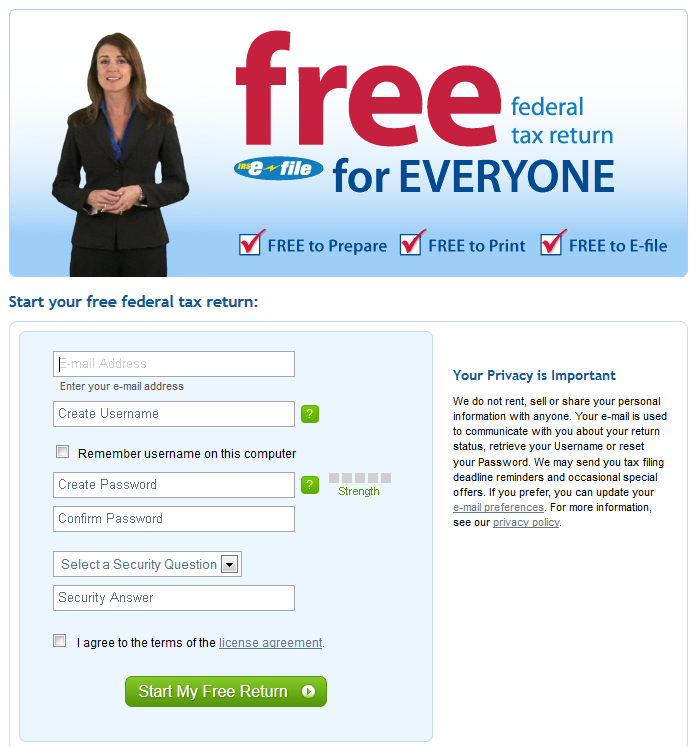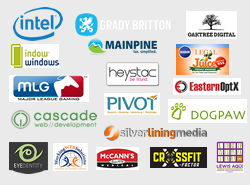Top 5 tips for a creating a successful Adwords campaign
One of our clients recently wrote to tell us about a large new customer they landed. All Small Business owners love new customers, but this one was especially unique because 1) it represented a very large new revenue stream for our client and 2) the customer found him through an Adwords ad.
That’s right — an Adwords ad. I hear from Small Business owners all the time “well, we tried Adwords ads but they didn’t work for us”. Sound familiar? If it does, you probably used one of Google’s free $75 advertising coupons, wrote 4 or 5 ads and called it a day. Maybe you got a few clicks, and maybe a phone call but nothing ever came of it. Conclusion? Adwords isn’t for us.
Before you write off Adwords completely, ask yourself a few questions. Did you create at least 5 different ad groups for your campaign, each with a tightly crafted keyword phrase? Did all your ads contain the target keyword? Did you use negative keywords to weed out unwanted clicks? Did you write at least 10 ads per ad group and pause the underperformering ads? What landing page are you sending clicks to?
Adwords is not a set-it-and-forget-it proposition. Done correctly, you need to monitor and optimize your campaign daily — more often if it’s a new campaign. You may find only 3 or 4 ads out of 50 that effectively drive clicks and conversions, and unless your Adwords campaign is properly optimized you’ll never find those best performers.
Before you launch an Adwords campaign, make sure you do at least the following:
1) Create 5 separate Ad Groups. Ad groups make up an Adwords campaign, and each Ad Group should be centered around a specific keyword phrase. Every ad in that Ad Group should contain your keyword phrase, and the content on the landing page for those ads should be closely related to the phrase. If the chain of Ad Group, ads and landing page don’t all center around a focused keyword phrase, your Quality Score will suffer, and you’ll pay more per click than you need to.
2) Create 10 ads per Ad Group. Try different headlines, different calls to action, with and without a phone number, with and without your business name. The possibilities are endless — experiment and check out your competitors’ ads by doing a Google search on your target keywords and taking note of the paid ads on the page. You may get some good ideas for your own ads.
3) Use ad extensions in your ads. Click on the Ad Extensions tab in your Adwords interface to set up ad extensions. You’ve probably seen ad extensions before, but didn’t know what they were called. The 2 ads below illustrate 2 different types of ad extensions. The first is a sitelink extension where the ad displays additional links to your site, handy if you want to highlight important pages like “Contact Us” or “Specials”. The 2nd ad demonstrates the Location extension where prospective clients will see your address and phone number right in the ad with a link to directions. Other available ad extensions include call extensions, product extensions and social extensions. Learn more about ad extensions from Google.
4) Use negative keywords. Your ad may be showing for search queries that result in unwanted clicks. For example, if you’re advertising Medical Transcription services but don’t want job-seeking medical transcriptionists to click your ad, you could filter our those queries through the use of negative keywords. Using negative keywords tells Google “don’t display my ads when these words are searched on”. In our Medical Transcription example, using negative keywords like “salary”, “application”, “career”, “degree” and “employment” would suppress your ad for searches related to Medical Transcriptionist employment and avoid unwanted clicks.
5) Use a landing page other than your home page. The most common mistake in Adwords is sending all your ads to the home page. Not only does this provide a poor user experience — after all, if you clicked on an ad about home heating specials, wouldn’t you expect to be brought to a page describing those specials? — but linking to a loosely related page can hurt your Quality Score and increase your cost per click.
The best solution is to create a custom landing page or pages for your ads that uses a similar headline and language as your ad, and makes it easy to request more information, take advantage of a special or get in touch. The landing page below links directly from an ad about free tax forms. Makes sense doesn’t it? The headline makes it clear I can get a free tax form, and handy fields are provided to request one.
If you can’t afford to create custom landing pages, at least select a page from your site that ties closely to your ad, and considering tweaking the copy on the page so it’s closely related to the headline of the ads you’re running for that page.

Follow these 5 tips and you’ll stand a much better chance of creating a successful Adwords campaign. Also, run your Adwords campaign several weeks before judging results. Optimizing ads properly takes time and patience. When in doubt, create more ads to test — finding the best combination of ads, keywords and landing pages is a numbers game. Play to win.

 We're based in Portland, OR, the nation's leading Search Engine Marketing community.
We're based in Portland, OR, the nation's leading Search Engine Marketing community.


